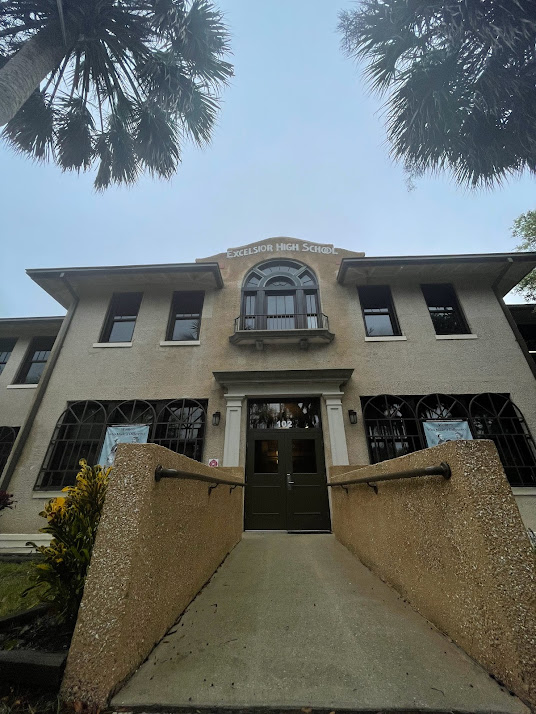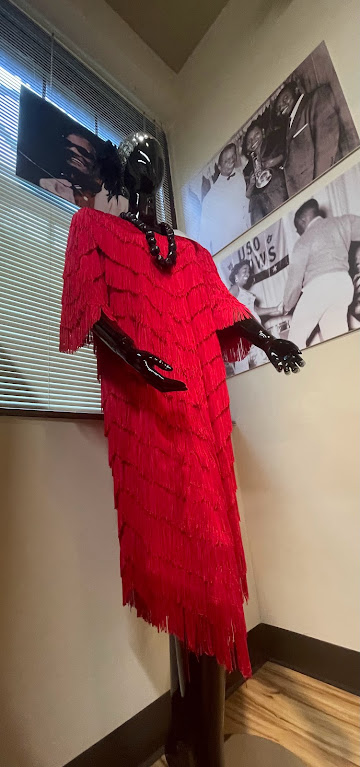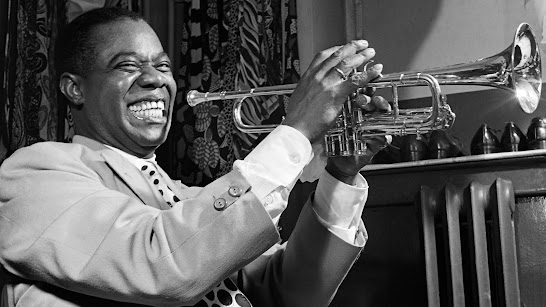Castillo De San Marcos
St. Augustine, Florida
March 31, 2022
Constructed from 1672 to 1695, the Castillo De San Marcos has been used to learn about the history of St. Augustine and Florida for nearly 450 years. The original build of 9 wooden forts, Castillo was finally funded by Spain for the protection of Spaniards living here. With 18 years of renovation, the fort in 1756 is what the Spanish would finally call a finished product. With multiple attacks, the fort was home too many innocent people trying to protect themselves along with their city. The attacks and new conquerors also brought a numerous amount of renovations to the fort which makes it a bit different than it was when the Spanish were here. Meticulously and carefully constructed, every aspect of the fort has a purpose that protected the people and the City of St. Augustine.
https://www.nps.gov/casa/index.htm
Exterior Picture 1
A photo from the northwestern corner of the fort, highlighting three of the four bastions.
Exterior Picture 2
Artifact Picture 1
Artifact Picture 2
The Castillo De San Marcos is a square structure with four bastions at each of the four corners. Inside of the cavity of each bastion is filled with dirt, shells, rock, and construction debris to keep the base solid and durable. The bastions were used to eliminate the blind spots of interlocking fields of fire. The bastions are diamond in shape, and with someone on each corner of the diamond, it ensured that whoever was protecting the fort could see all sides of the structure. Since they are pointed bastions and not curved, there were no blind spots, an enemy or visitor could be spotted from standing at one of the posts on the corners.
Image 1 In Conversation
Image 2 In Conversation
Literature In Conversation
Panel from Parable Of The Sower
"That was before Dad's parents were robbed and murdered. Before there was a neighborhood wall. Crazy to live without a wall to protect you."
These few lines from Parable Of The Sower resonate closely with the purpose of the fort. In these lines, the speaker, Lauren, is describing life before the wall that she currently lives in. The life her father lived without the wall surrounding their community was dangerous and unpleasant to live in such an uneasy fashion. The Castillo De San Marcos was this source of protection for the Spaniards that were being attacked by the British in 1702. They were forced to live inside the fort for 51 days on quartered rations. About to surrender, they were finally able to get a ship to Havana, Cuba. The fort walls saved them from the dangers that the Englishmen from Charleston instilled upon them, much like the walls of Lauren's community were in place to protect her from "maggots" that lived on the outside of the wall.
Creative Component
The wet and saturated ground,
I sink with any sudden movement.
In the dark we all walk around,
One guard to keep our amusement.
He talked of outside and escape,
Us inside, wept and tried to think.
A place of freedom, not stuck in a diamond shape,
The sky would be blue, yellow, orange, and pink.
The guard offered us to leave,
We all followed with a plan.
"Out the window," he said, like thieves,
Twenty of us, squeezing out of the shelter, we ran.
























